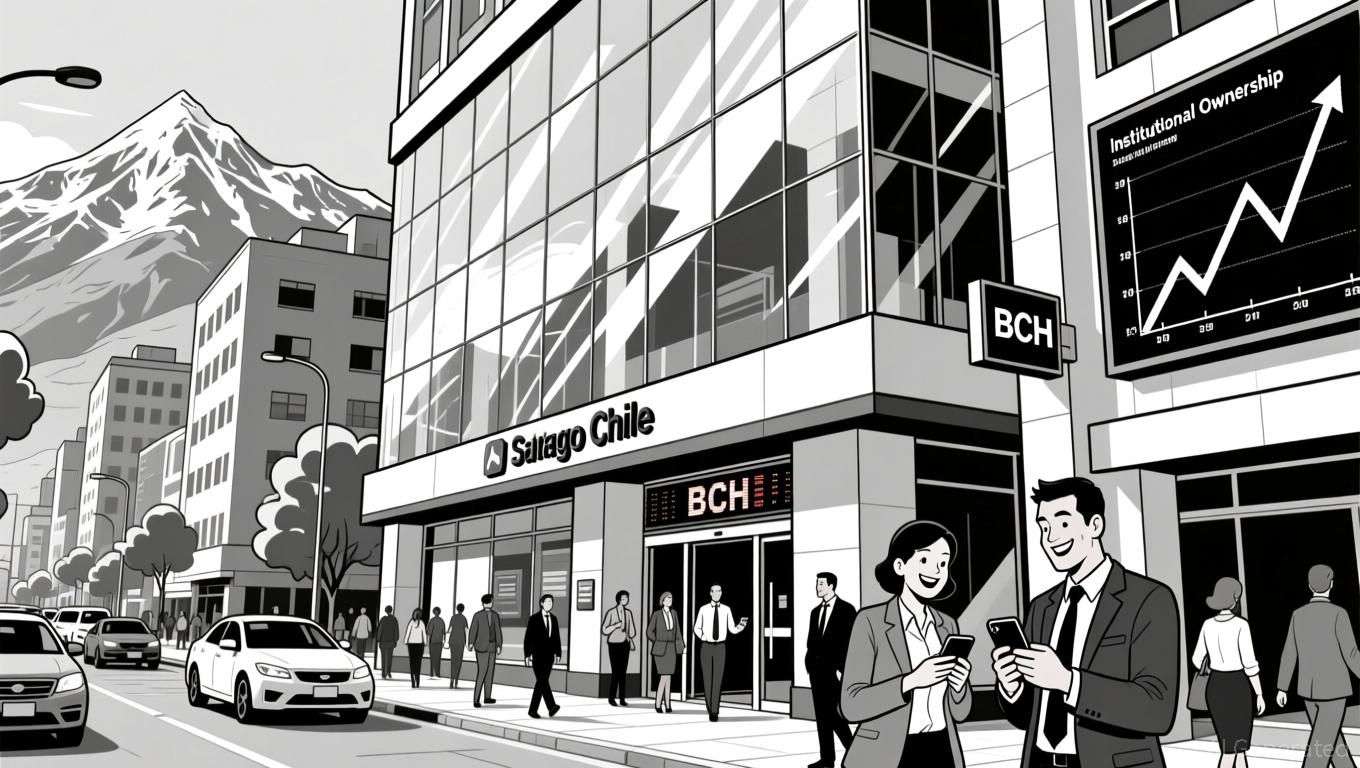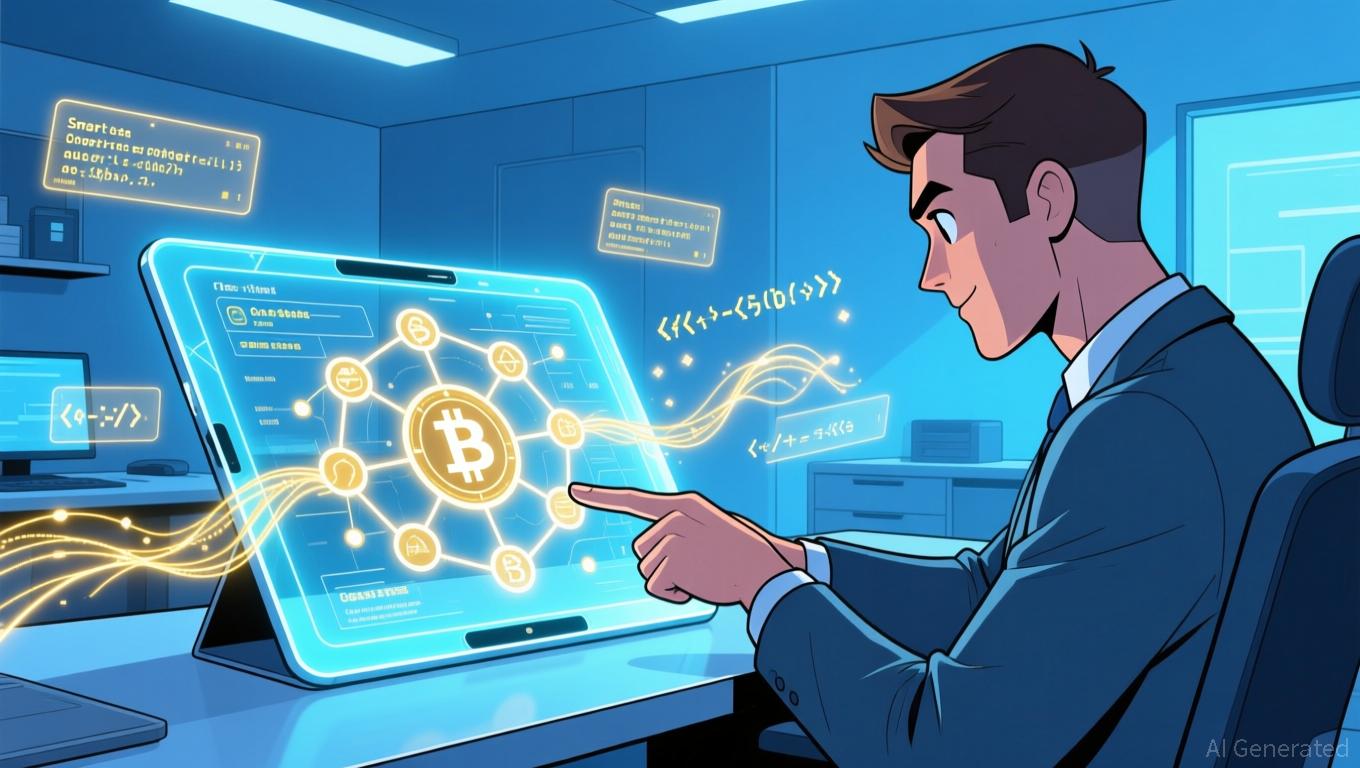XRPL Foundation Board Director Explains Why XRP Price Is Down Despite ETF Launch
The XRP community continues to discuss why XRP’s price failed to rally following the launch of the highly anticipated Canary Capital XRP ETF (XRPC).
While the fund posted one of the strongest ETF debuts of 2025, pulling in $245 million on day one, XRP’s price continued drifting lower.
Now, Fabio Marzella, Founding and Board Director of the XRPL Foundation, has stepped in to explain what’s really happening beneath the surface.
“ETF Trading Happens on the Stock Market, Not Crypto Exchanges”
In a post on X, Marzella noted that many people expected the price to shoot up as soon as XRPC began trading. But the structure of ETF settlement explains why that didn’t happen.
According to him, ETF trades occur on the stock market, not on crypto exchanges, where spot XRP is bought and sold.
Due to the T+1 settlement system, when someone buys an XRP ETF share, the issuer does not receive the cash immediately. The money settles the next business day, and only then can the provider begin purchasing the actual XRP needed to back the fund.
This delay means early inflows don’t immediately translate into spot market demand. Essentially, Marzella stressed that an ETF does not pump the price on day one. The real impact comes later, sometimes quietly at first, then all at once.
Strong ETF Debut, Weak Price Reaction
After XRPC’s debut , the ETF recorded $26 million in trading volume in its first 30 minutes and $58.5 million by market close. Additionally, it logged $245 million in net inflows on the first day.
These numbers made XRPC the top ETF debut of the year, surpassing even the Bitwise Solana ETF. It also placed the XRP fund among the best-performing ETF launches out of more than 900 issued in 2025.
Yet despite this momentum, XRP fell from $2.52 to around $2.28. Since the ETF launch, XRP’s price has dropped to $2.16 before slightly recovering to $2.25 at press time. At this price, the coin is down 8.63% over the past week.
 XRP chart CoinMarketCap
XRP chart CoinMarketCap
Bearish Market Dampened the Effect
Marzella also highlighted a second factor behind XRP’s decline: the entire crypto market is bearish.
Bitcoin lost the $100,000 support last Friday and has since fallen to $92,900. This bearish Bitcoin performance dragged the rest of the market down with it. In other words, as major altcoins corrected, XRP followed the trend.
Nick from The Web Alert pointed out that inflows worth tens or even hundreds of millions are still too small to overpower market selling pressure—especially considering XRP’s large supply. Any selling by major holders can offset upward pressure.
OTC Purchases May Hide the Real Buying Activity
Another reason the price impact hasn’t appeared yet is the way ETFs acquire their underlying assets. Even after settlement, issuers rarely buy directly from public exchanges. Large funds like Canary Capital often source assets from over-the-counter liquidity providers, meaning the purchases are not visible on spot price charts.
Marzella ended his explanation with a message of patience. ETF-driven price effects typically lag behind launch-day hype, as seen with Bitcoin’s own ETF debut in January 2024, which initially showed little price reaction before kicking off a major rally weeks later.
Disclaimer: The content of this article solely reflects the author's opinion and does not represent the platform in any capacity. This article is not intended to serve as a reference for making investment decisions.
You may also like
Bitcoin Updates: Bitcoin Declines While XRP ETF Gains Transform Approaches to Passive Income
- Bitcoin's 2025 price drop below 50-day support and 33.4% MSTR underperformance highlight market volatility amid Trump-era regulatory shifts. - XRP's $250M ETF debut (XRPC) drives institutional demand, with analysts forecasting $7-$24 price range amid mixed whale activity. - Mint Miner introduces XRP cloud mining with $5,500/day returns, leveraging AI and renewable energy to democratize passive income. - Market shifts show Bitcoin's waning "treasury" narrative and XRP's growing role in cross-border paymen

BCH rises 5.15% as institutions invest, prompting analysts to revise their forecasts
- Institutional investors boosted stakes in Banco de Chile (BCH), led by Campbell & CO’s 185.3% share increase to $794K. - Yousif Capital, Parallel Advisors, and Farther Finance Advisors also raised holdings, with the latter adding 3,009 shares (1,355.4% surge). - BCH’s Q3 earnings missed estimates but maintained strong profitability (23.25% ROE), while analysts raised price targets to $33–$35. - Institutional ownership now covers 1.24% of shares, reflecting confidence in BCH’s resilience despite short-ter

Ethereum News Today: CoinFello Bridges DeFi Gap by Translating and Automating Smart Contracts into Everyday Language
- HyperPlay Labs launches CoinFello, an AI-powered DeFi tool automating smart contract interactions via natural language commands. - Built on EigenCloud and MetaMask, it maintains user custody while enabling cross-chain transactions and risk mitigation through self-sovereign AI agents. - The platform's verifiable AI infrastructure and plain-language interface aim to reduce DeFi barriers, with a Q1 2026 public release planned. - Critics highlight governance challenges, but CoinFello's deterministic automati

2026 Energy Forecast: Renewable Energy Grows, Emissions Steady as AI Expands
- U.S. wholesale electricity prices projected to rise 8.5% in 2026 due to AI/data center demand surging in Texas. - Renewables to reach 26% of U.S. generation in 2026, but CO₂ emissions remain flat at 4.8 billion metric tons. - Tech giants invest $40B+ in AI infrastructure, driving innovations like Airsys' zero-water cooling systems and MiTAC's liquid-cooled clusters. - Natural gas maintains 40% generation share despite $4.00/MMBtu price surge, while oil prices fall to $55/barrel amid stable production. -
